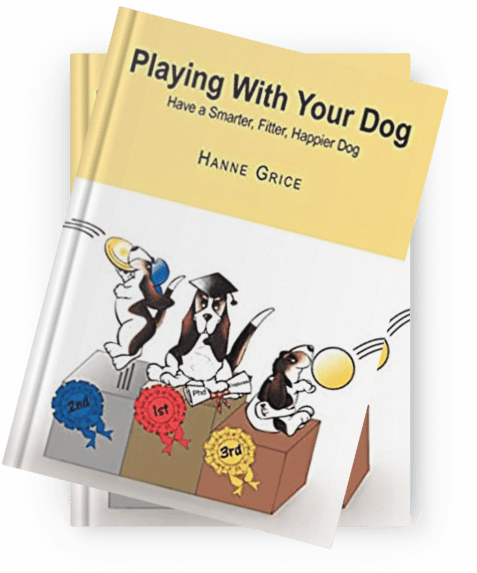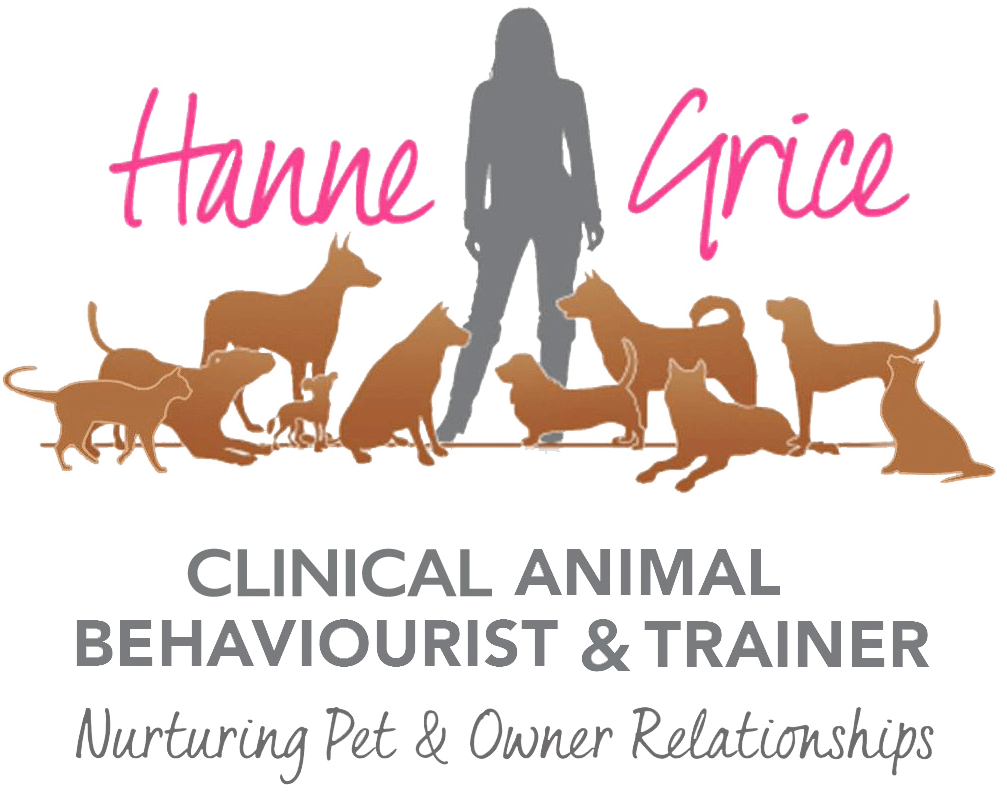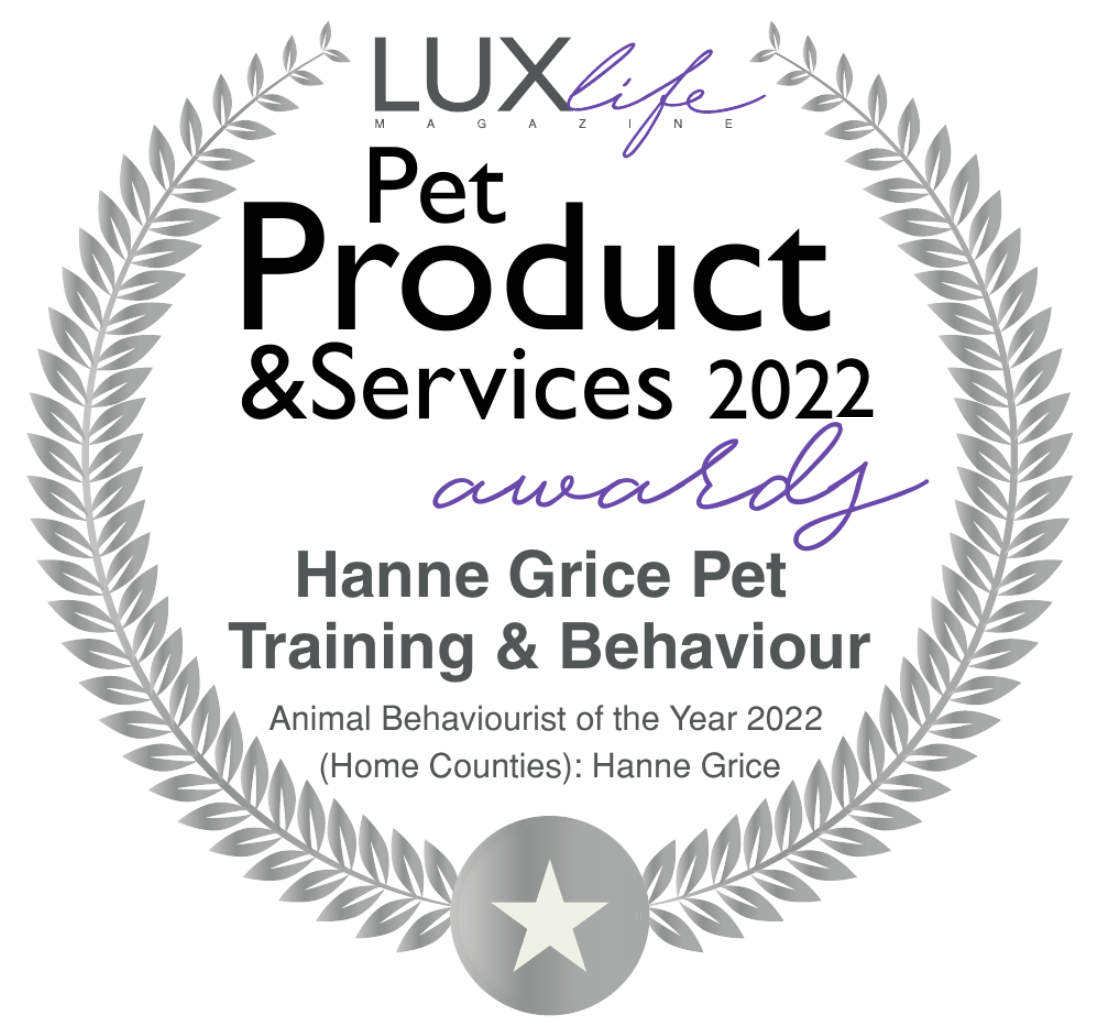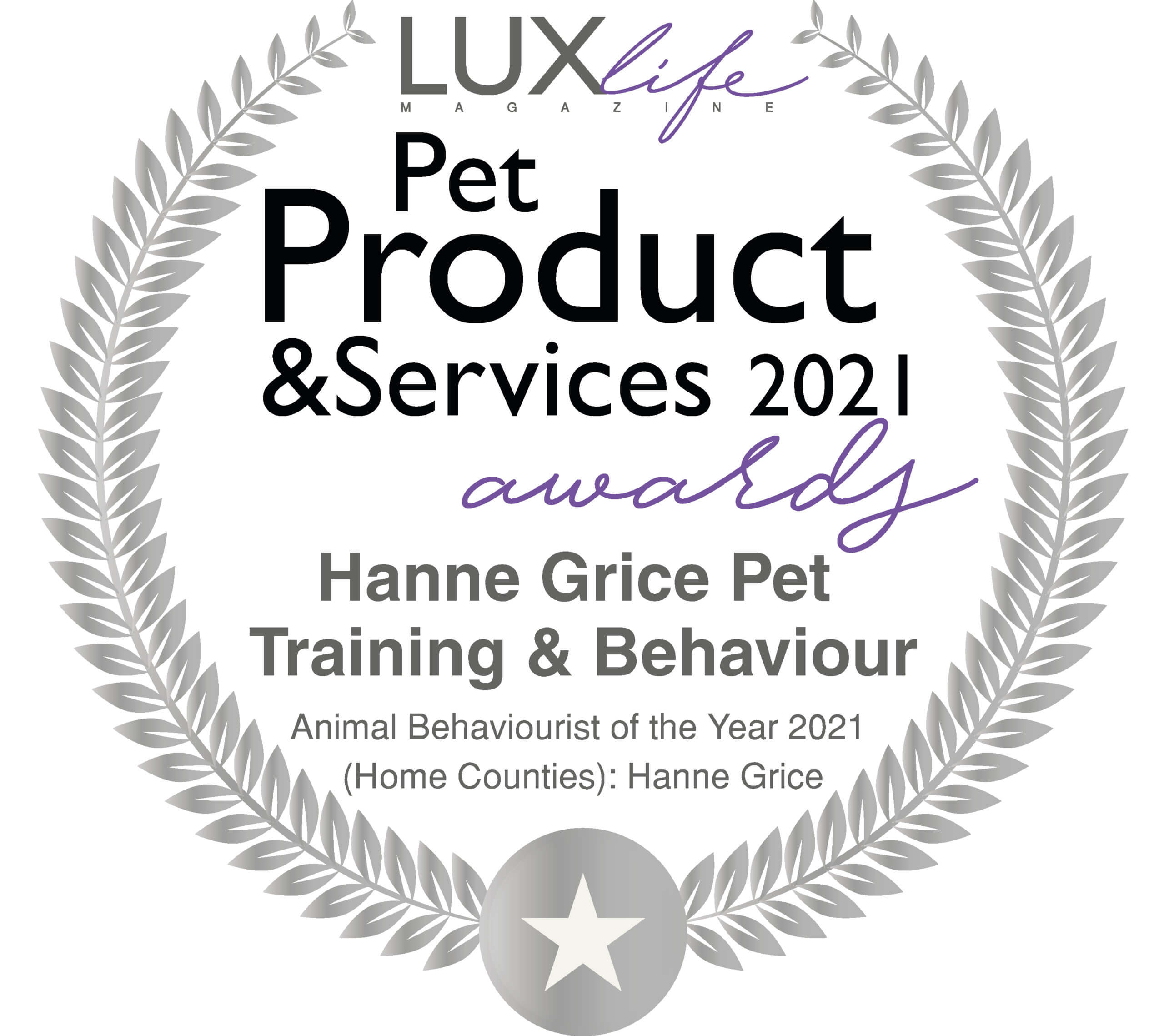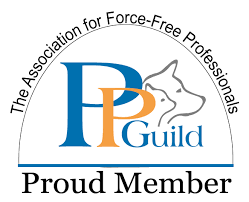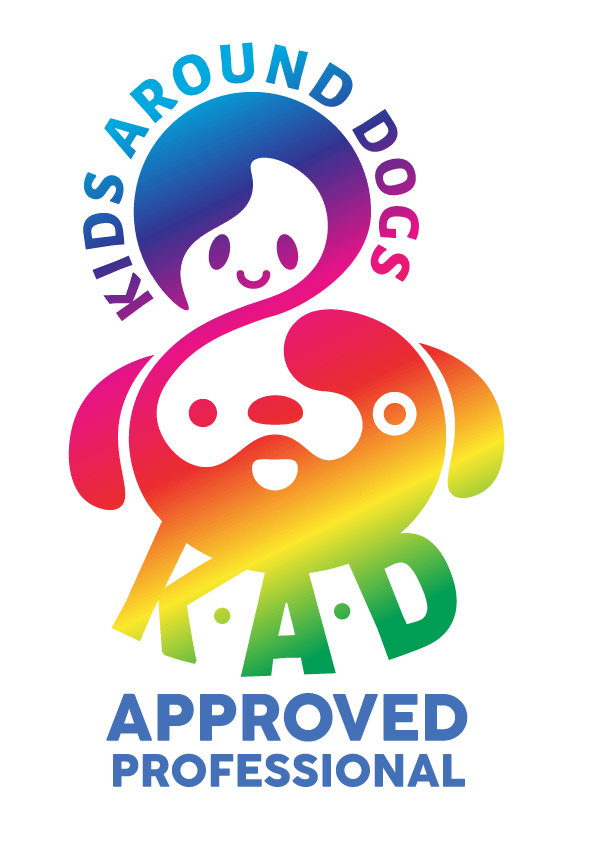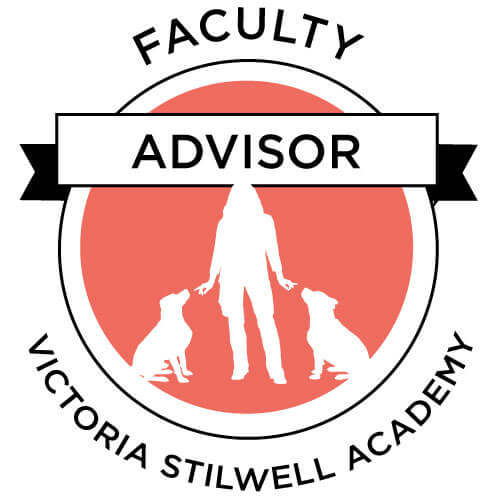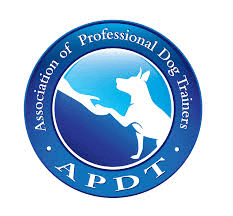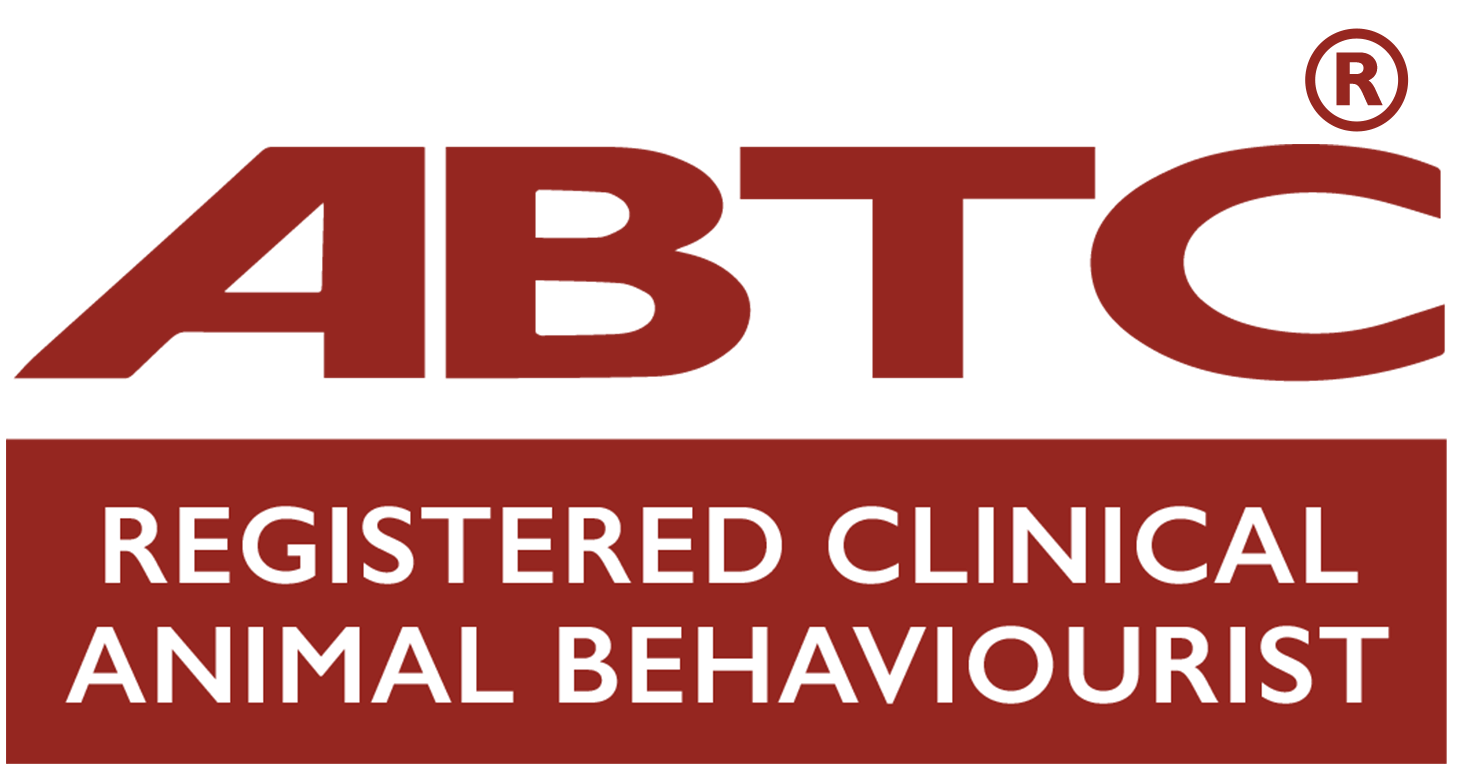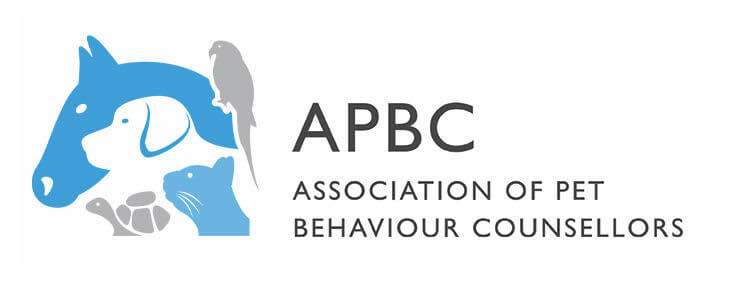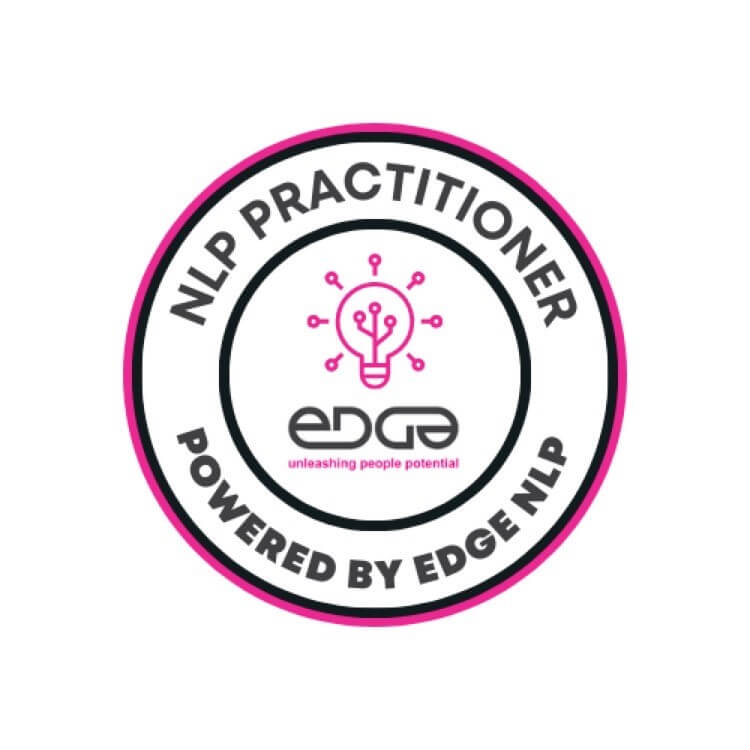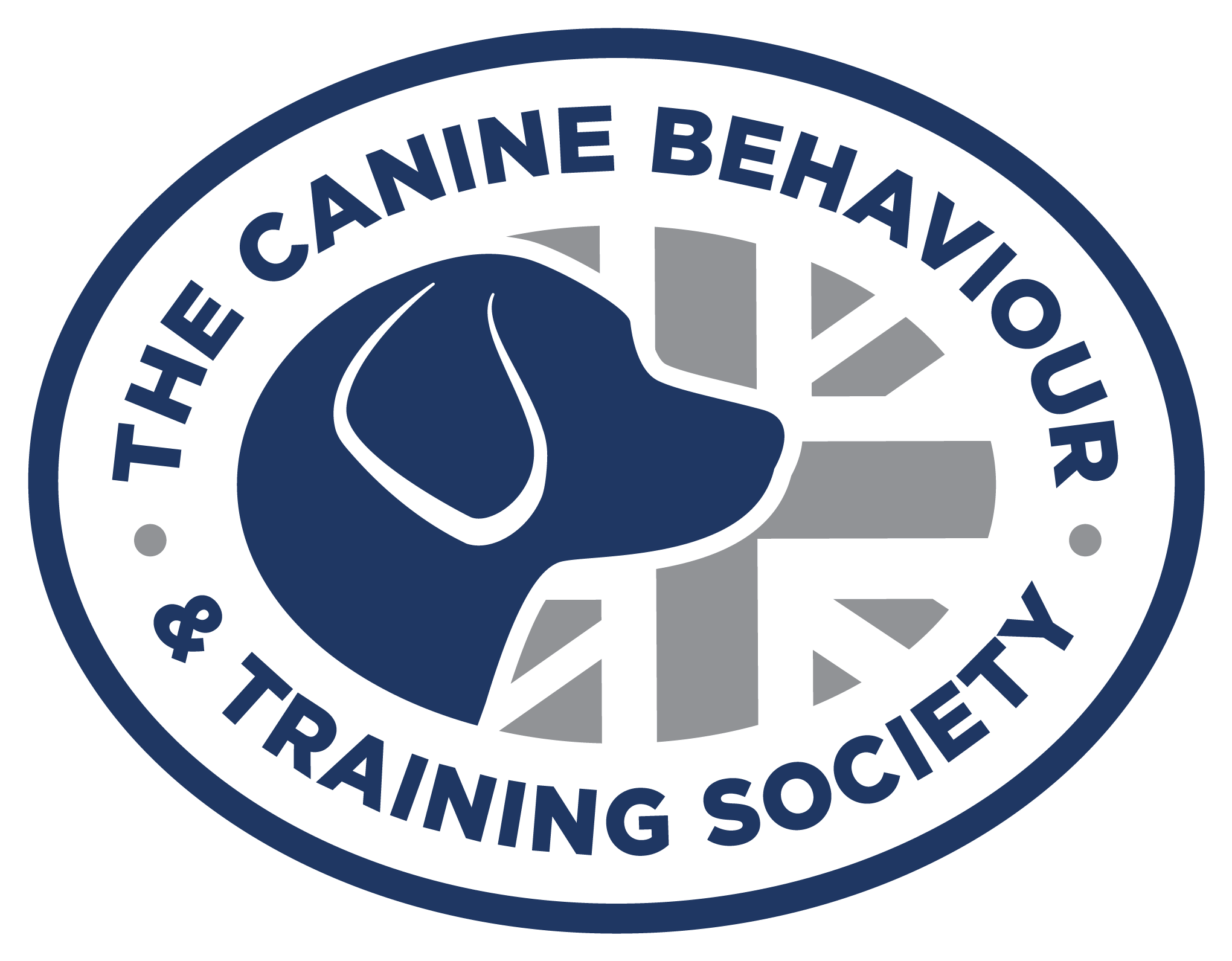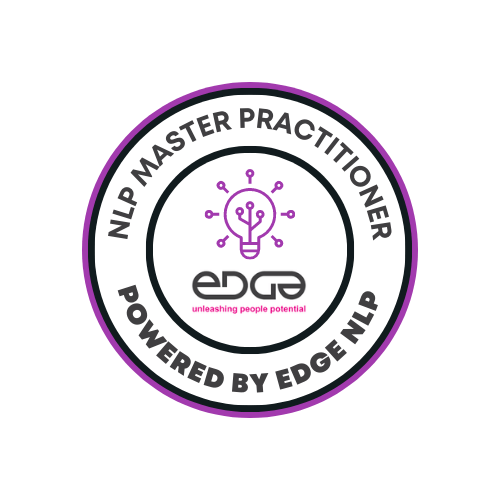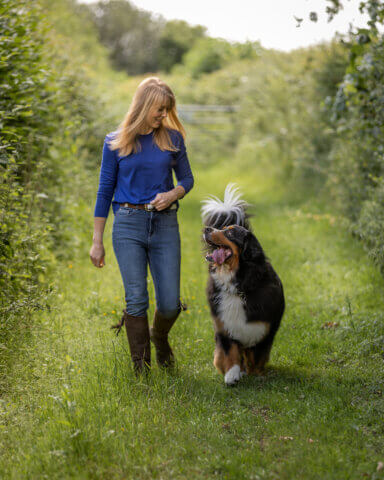
Dog training isn’t just about getting a behaviour and attaching a cue to it; instead, I like to consider it more as an art form that requires an understanding of our animal’s world and practice in order to hone our skills. Consequently, my strapline has always been “nurturing pet-owner relationships,” and three principles I believe all awesome dog owners can follow to help nurture their relationships are to, i) understand how your dog ‘sees’ their world, ii) embrace the power of choice, and iii) cultivate calmness.
Hence, the goal of these principles is to foster connection. By applying these in our day-to-day interactions, you can achieve this. So, let’s dive into these principles further…
1. Be scent savvy – understand the world through their nose
Dogs primarily see their world through their sense of smell. This olfactory prowess shapes their perception, communication, and even their emotional state. You can tap into this to strengthen your training and bonding. For instance, by turning daily walks into ‘sniffaris’ where your dog can explore the world nose-first. By slowing down and being more mindful with your walks, you can enable your dogs to get a good ‘read’ of their environment, promoting calmness and encouraging exploration. In turn, this can help to build some resiliency across differing contexts – important for dogs that may be more nervous when out and about.
Enabling your dog to have a good sniff, is mentally stimulating and provides them with valuable insights into the goings on around them – much like reading a newspaper or scrolling through your social media newsfeed. This can be incredibly satisfying for dogs. Using scent games can also enhance learning and encourage a higher rate of rewarding handler-dog interactions; this makes yourself more engaging to your dog and, therefore, helps to increase focus and attention onto you.
Some simple ways you can encourage sniffaris is by:
- Allowing your dog to take the lead and explore scents; you never know where you may end up!
- Choose a route with varied smells, like a park or woodland
- Visit new places and areas with different textures, sights and sounds, such as beaches and fields
- Let your dog sniff around a tree or bush for as long as they like. Use it as an opportunity for you to zone in on a particular sound or smell to encourage mindfulness, and promote a sense of calm; this can be incredibly helpful for maintaining some self-care
- Allow yourself time to let your dog potter about; dedicate at least one outing a day for sniffing – the primary goal is for your dog to breathe in the scents and explore
- Hide titbits, favoured toys or an item/food toy filled with treats or has a drop of an interesting, dog-safe scent, around the home/garden and on walks to encourage your dog to find them
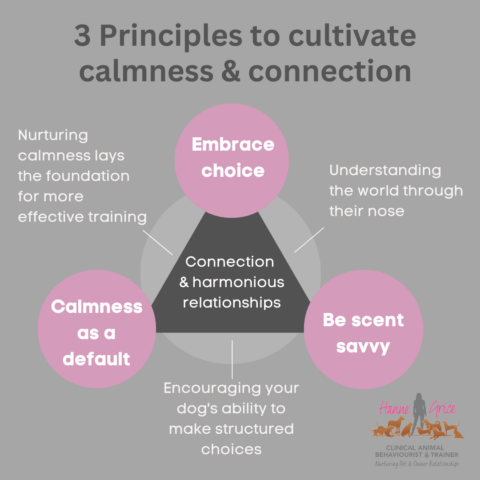
2. Embrace the power of choice
One of the most profound yet often overlooked aspects of dog training is respecting and encouraging your dog’s ability to make choices. This doesn’t mean letting them run wild but rather providing structured choices within safe boundaries. For example, when you are training your dog, offer them choice between two behaviours – both of which you’re happy with – and reward them for their decision. This approach not only empowers your dog but also builds their confidence and trust in you. Think of it as creating a partnership where your dog feels heard and respected. Some ways in which you can do this include:
- Offering controlled choices such as when playing with your dog, hold two different toys and let your dog choose which one to play with
- When you reach a fork in a pathway, pause and let your dog choose which path to take
- If your dog gets up and walks away from a training or grooming session, allow them the chance to take a break instead of insisting they continue
3. Cultivate calmness as a default state
In a world where high-energy, fast-paced training and attempts at being ‘sexier than…’ often take the spotlight, the value of calmness is sometimes forgotten. Teaching your dog to be calm and relaxed in various situations is as crucial as teaching them to come when called. This involves spontaneously recognising and rewarding calm behaviour (I call it “capturing moments of brilliance”), creating environments that encourage relaxation, and integrating calming activities into the dog’s routine, such as a gentle massage or quiet time together. A calm dog is a receptive, happier dog, and this lays the foundation for more effective training and a harmonious life together. Ways in which you can promote this are:
- Rewarding calm behaviour – whenever your dog is in a relaxed state, offer gentle praise, a super slow/soft stroke, or a treat. If you are using food and touch, avoid anything too exciting as you want to avoid creating high arousal
- Create a calm environment by setting up a quiet, comfortable, cosy space in your home where your dog can easily access and choose to go and relax in. Avoid these being in high footfall areas such as the hallway, the main thoroughfare of the kitchen/lounge
- Integrate calming activities into your daily routine that promote relaxation, such as gentle massage, listening to calming music, letting them lick/chew on a food enrichment toy, or simply set aside a few minutes to sit down with your dog and read a book/magazine aloud to them.
By consciously adjusting your daily routine so you can integrate these three principles, you can create great habits, which in turn can enhance your dog’s behaviour, and nurture a deeper understanding and dog-owner connection.
Learn more about our classes
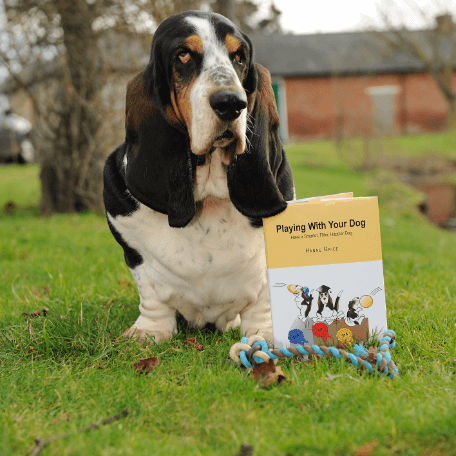
Get Hanne's Book
Playing With Your Dog will help any dog owner work out the games that are best suited for their pet to play throughout his life, from puppyhood to old age. The book also shares some tricks for all ages, group activities, and recommended toys that dogs will enjoy.
